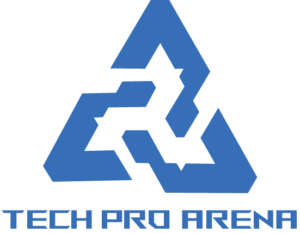Why it matters: Google’s push to blend Chrome OS and Android could supercharge affordable laptops like Chromebooks, making them more versatile for work and play. This move echoes Apple’s seamless ecosystem across iPadOS and macOS, potentially shaking up the PC market where Windows dominates but innovation lags.
What’s happening: In a bombshell interview, Google’s Android ecosystem president Sameer Samat outright confirmed the company is “combining Chrome OS and Android into a single platform. This follows months of rumors and aligns with Android 16’s new desktop-friendly features, like proper windowing and external display support. But then Samat later clarified on X that it’s not a full-on merger killing Chrome OS; instead, it’s about weaving Android’s tech stack deeper into Chrome for better app compatibility and hardware efficiency.
The big picture: Chrome OS has long borrowed from Android, starting with Google Play Store integration back in 2016, allowing millions of apps on Chromebooks. We’ve seen hints of this evolution for years—remember when Android apps first hit Chrome OS? Now, with AI taking off and foldables rising, a unified OS could mean Chromebooks evolve into hybrid beasts: lightweight for browsing, robust for productivity. It might boost Google’s Pixel lineup too, turning tablets into laptop rivals. Critics worry about bloat or higher hardware demands, but fans see it as Google’s smartest play in ages.
The details:
- Timeline unclear: No firm dates yet, but Android 16’s desktop tweaks suggest progress by 2026.
- Key changes: Expect enhanced multitasking, better keyboard/mouse support, and seamless app scaling across phones, tablets, and laptops.
- Impacts: Chromebooks could get longer updates like Android devices, but older models might struggle. Google’s eyeing how people use laptops today to refine it—think more touch-friendly interfaces without losing desktop power (and yes, those horrible fingerprints on the screen).
- Competition angle: This pits Google directly against Microsoft’s Windows on ARM and Apple’s M-series chips, aiming for energy-efficient, app-rich computing.
What’s next: Google’s keeping details under wraps, but watch for beta tests in upcoming Android updates. If executed right, this could redefine budget computing—stay tuned as we test the first merged devices. For now, it’s a bold step toward a truly connected Google world.













